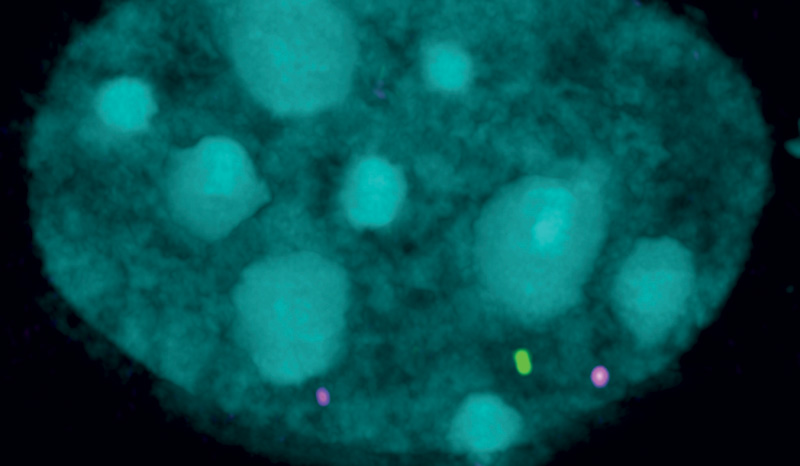2025;
Bergamasco MI, Ozturk E, Casillas-Espinosa PM, Garnham AL, Abeysekera W, Wimmer VC, Rajasekhar P, Vanyai HK, Whitehead L, Blewitt ME, Rogers K, Vogel AP, Hannan AJ, Smyth GK, Jones NC, Thomas T, Voss AK. KAT6B overexpression in mice causes aggression, anxiety, and epilepsy. iScience. 2025;28(3):10.1016/j.isci.2025.111953
Gocuk SA, Lancaster J, Su S, Jolly JK, Edwards TL, Hickey DG, Ritchie ME, Blewitt ME, Ayton LN, Gouil Q. Measuring X-Chromosome inactivation skew for X-linked diseases with adaptive nanopore sequencing. Genome Research. 2024;34(11):10.1101/gr.279396.124
Bennett C, Pettikiriarachchi A, McLean ARD, Harding R, Blewitt ME, Seillet C, Pasricha S. Serum iron and transferrin saturation variation are circadian regulated and linked to the harmonic circadian oscillations of erythropoiesis and hepatic Tfrc expression in mice. American Journal of Hematology. 2024;99(11):10.1002/ajh.27447
Short KM, Tortelote GG, Jones LK, Diniz F, Edgington-Giordano F, Cullen-McEwen LA, Schröder J, Spencer A, Keniry A, Polo JM, Bertram JF, Blewitt ME, Smyth IM, El-Dahr SS. The Impact of Low Protein Diet on the Molecular and Cellular Development of the Fetal Kidney. 2024;4(12-15):10.1101/2023.12.04.569988
Bergamasco MI, Vanyai HK, Garnham AL, Geoghegan ND, Vogel AP, Eccles S, Rogers KL, Smyth GK, Blewitt ME, Hannan AJ, Thomas T, Voss AK. Increasing histone acetylation improves sociability and restores learning and memory in KAT6B-haploinsufficient mice. Journal of Clinical Investigation. 2024;134(7):10.1172/jci167672
Keenan CR, Coughlan HD, Iannarella N, del Fierro AT, Keniry A, Johanson TM, Chan F, Garnham AL, Whitehead LW, Blewitt ME, Smyth GK, Allan RS. Suv39h-catalyzed H3K9me3 is critical for euchromatic genome organization and the maintenance of gene transcription. Genome Research. 2024;34(4):10.1101/gr.279119.124
Blewitt ME. Mary Lyon and the birth of X-inactivation research. Nature Reviews Genetics. 2024;25(1):10.1038/s41576-023-00655-0
Su S, Xiao L, Lancaster J, Cameron T, Breslin K, Hickey PF, Blewitt ME, Gouil Q, Ritchie ME. A streamlined workflow for long-read DNA methylation analysis with NanoMethViz and Bioconductor. F1000Research. 2024;13:10.12688/f1000research.155204.1
Su S, Xiao L, Lancaster J, Cameron T, Breslin K, Hickey PF, Blewitt ME, Gouil Q, Ritchie ME. A streamlined workflow for long-read DNA methylation analysis with NanoMethViz and Bioconductor. F1000Research. 2024;13:10.12688/f1000research.155204.2




